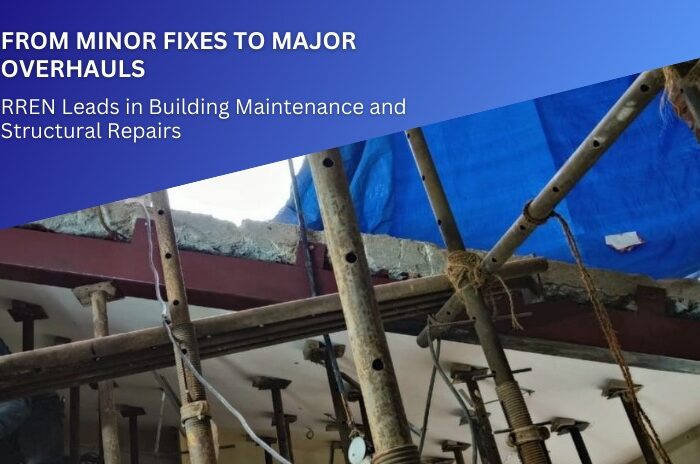Introduction:
Ensuring safety and maintaining high-quality standards are crucial aspects of the construction industry in India. With the rapid growth in infrastructure development, it becomes imperative for construction companies to prioritize regulatory compliance to safeguard workers, public safety, and overall project integrity. This blog delves into the significance of driving safety and quality through strict adherence to regulatory requirements in the Indian construction sector.
- Understanding Regulatory Compliance in Indian Construction: This section provides an overview of the key regulatory bodies and standards that govern the construction industry in India. It highlights the importance of complying with regulations set by agencies such as the National Building Code (NBC), Bureau of Indian Standards (BIS), Occupational Safety and Health Administration (OSHA), and relevant local authorities. Exploring the legal framework ensures a comprehensive understanding of the obligations and responsibilities of construction companies.
- Ensuring Worker Safety: Protecting the Workforce: Worker safety should be a top priority for every construction company. This section discusses the various safety measures and protocols mandated by Indian regulatory bodies. It covers topics such as personal protective equipment (PPE), safe work practices, hazard identification and mitigation, proper equipment usage, and regular safety training programs. Emphasizing compliance with safety regulations helps reduce accidents and create a secure work environment.
- Mitigating Environmental Impact: Sustainability and Compliance: Environmental considerations are gaining increasing attention in the construction industry. This section highlights the importance of complying with environmental regulations, such as waste management, noise pollution control, and sustainable construction practices. It explores how construction companies can integrate eco-friendly measures and technologies to minimize their environmental footprint and contribute to a greener future.
- Quality Control and Assurance: Meeting Standards: Adhering to quality standards is essential to deliver durable and safe structures. This section explains the significance of complying with construction-related codes and standards prescribed by regulatory bodies. It explores quality control measures, inspections, testing procedures, and documentation requirements. By maintaining strict quality compliance, construction companies can ensure customer satisfaction, longevity of structures, and brand reputation.
- Consequences of Non-Compliance: Legal and Reputational Risks: This section sheds light on the potential consequences of non-compliance with regulatory requirements. It discusses the legal liabilities, penalties, and fines that companies may face due to negligence or non-adherence to safety and quality regulations. Moreover, it addresses the negative impact on the company’s reputation, potential project delays, and financial losses resulting from non-compliance. Highlighting these risks emphasizes the urgency of regulatory compliance.
Conclusion:
By prioritizing regulatory compliance in the Indian construction industry, companies can enhance safety, maintain quality standards, mitigate environmental impact, and safeguard their reputation. Embracing and implementing regulatory requirements not only promotes the well-being of workers but also contributes to sustainable development and the overall growth of the construction sector. Compliance is not just a legal obligation but a commitment to excellence and social responsibility.










